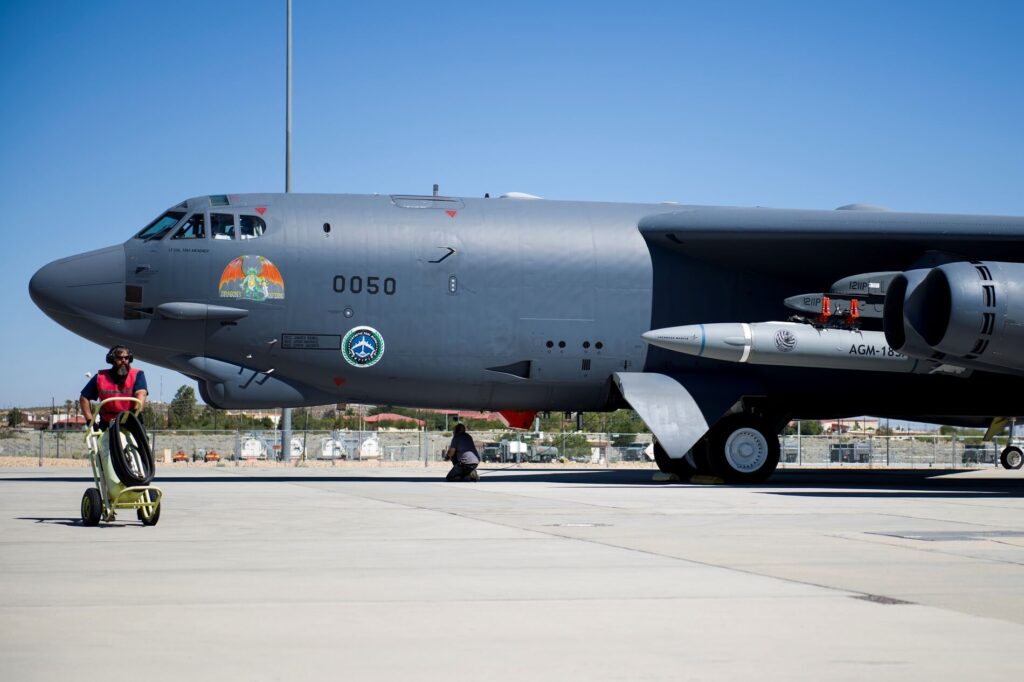The United States Air Force successfully carried out the final captive-carry test of the hypersonic air-launched missile AGM-183A ARRW (Air Launched Rapid Response Weapon). The weapon was fitted on a Boeing B-52H Stratofortress strategic bomber.
The test took place off the Southern California coast on August 8, 2020, as announced by the press service of Edwards Air Force Base. Two Lockheed Martin AGM-183A prototypes were loaded on the wing hardpoints of the B-52 in order to collect telemetry and GPS data from the weapon, as well as to evaluate its operability with the bomber for further testing.
“This is a major milestone for the program, the team and our Air Force,” said Heath Collins, Air Force Program Executive Officer for Weapons. “The ARRW is the first step in bringing game-changing hypersonic capabilities to our Warfighters.”
It was the last captive-carry test for the ARRW, according to the statement. The first test launch of the booster should be carried out before the end of 2020.
The ARRW uses a boost-glide launch system: first, a rocket propels the weapon to hypersonic speed, before the payload glides to its target.
Closing the technological gap
The B-52 is currently being used to test both hypersonic platforms developed by the United States Air Force, namely the ARRW and the HAWC (Hypersonic Air-breathing Weapon Concept). The latter is a scramjet-powered missile that can reach a speed between Mach 6 and Mach 10. Two HAWC prototypes are developed competitively by Lockheed Martin and Raytheon.
A third program, the Hypersonic Conventional Strike Weapon (HCSW), was canceled in February 2020 due to budget constraints.
The maiden test flight of the ARRW took place in June 2019. With a first launch flight initially planned for 2019, the HAWC seems to be running behind schedule. In June 2020, it was reported that a HAWC prototype accidentally separated from its test B-52 bomber during testing at Edwards Air Force Base.
In the last few years, hypersonic weapons have become a priority of the United States military with the emergence of similar platforms in the arsenals of other world powers, such as the Russian Zircon and Kinzhal missiles or the Chinese DF-ZF. In May 2020, a Russian military source announced that a new hypersonic anti-ship missile, most likely a variant of the Kh-47М2 Kinzhal missile, had been successfully tested from a Tu-22M3M strategic bomber.
European countries also aim to address this new threat. In November 2019, the missile manufacturer MBDA received the green light for its Twister (Timely Warning and interception with Space-based monitoring Theater) project, an interceptor able to handle emerging threats such as “maneuvering ballistic missiles with intermediate ranges, hypersonic or high-supersonic cruise missiles, hypersonic gliders, and more conventional targets such as next-generation fighter aircraft.” The program regroups Finland, the Netherlands, Spain, and Italy under the industrial leadership of France.

